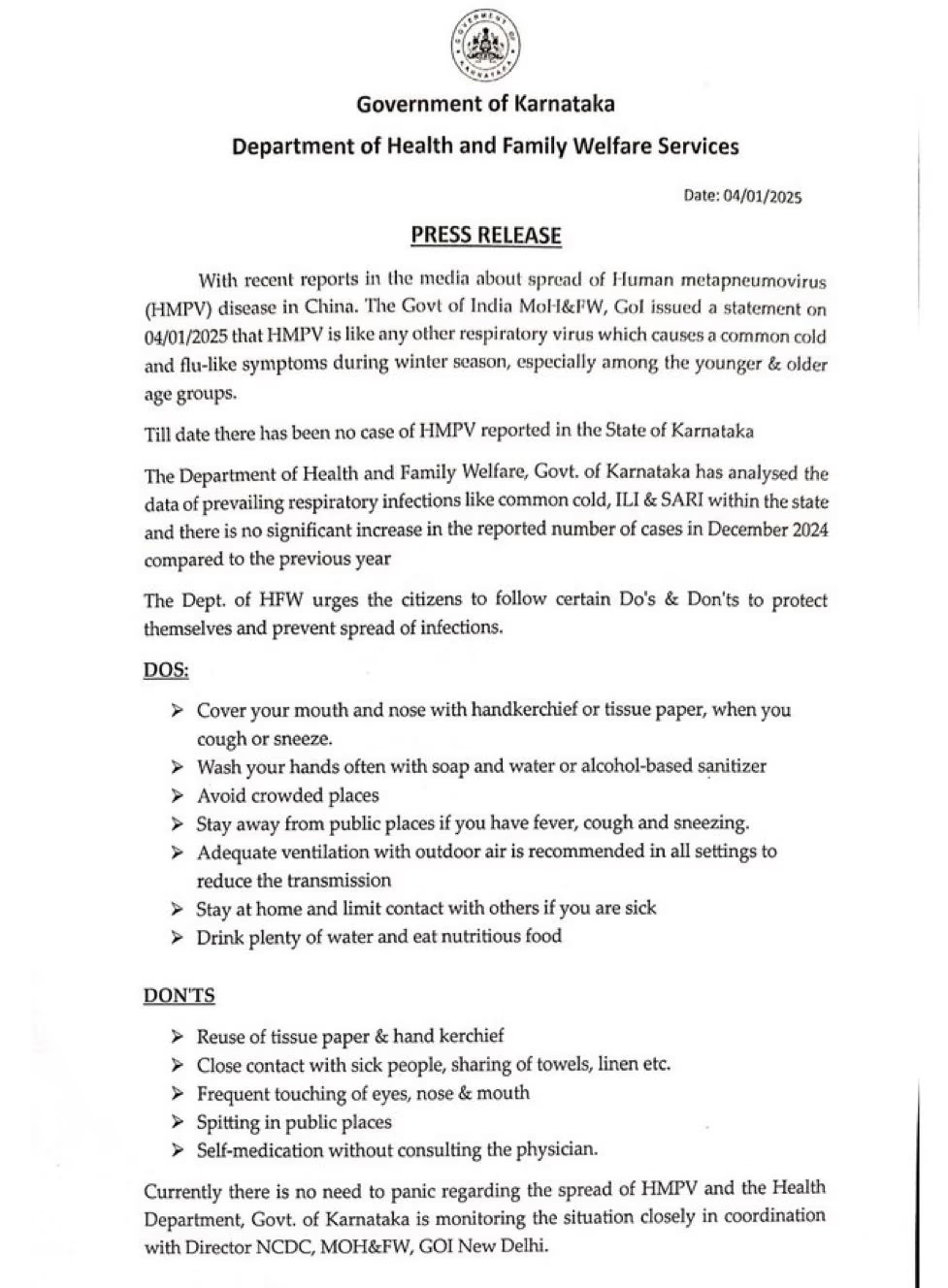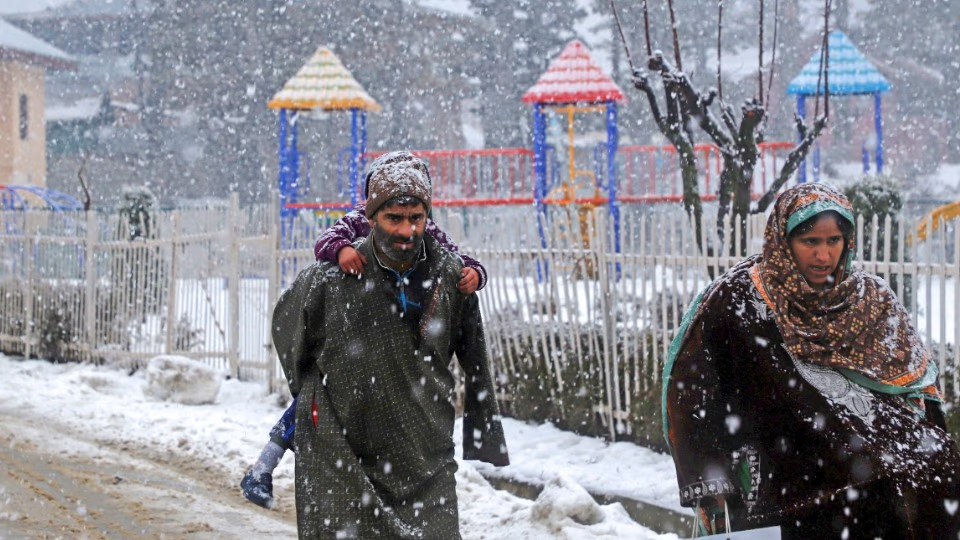After the COVID-19 pandemic shook the world, the HMPV virus has now emerged in China. The first case in Bengaluru has been discovered.
An 8-month-old baby girl tested positive for the HMPV virus at a hospital in Bengaluru. The health department has stated that the virus has not been tested in their lab. The case emerged from a private hospital and there's no reason to doubt this report.
Typically, HMPV is detected mainly in children. Among all flu samples, 0.7% are identified as HMPV. The strain of this virus is yet to be identified.
What Are the Symptoms of This Virus?
This virus, known as Human Metapneumovirus or HMPV, presents symptoms much like the common cold. In general cases, it causes coughing, throat wheezing, runny nose, or sore throat. In young children and the elderly, HMPV can lead to severe infections. Individuals with weakened immune systems are vulnerable to serious illness from HMPV.
Reports suggest that infected individuals exhibit breathing difficulties and flu-like symptoms. Subsequently, medical officers in Delhi have released advisories to tackle the challenges posed by this virus.

Source: aajtak
According to an official statement, Director General of Health Services, Dr. Vandana Bagga, held a meeting on Sunday with chief district medical officers to discuss preparedness to handle respiratory illnesses in Delhi. As part of the recommendations, hospitals have been instructed to immediately report cases of influenza-like illnesses through the IHIP portal.
Strict isolation protocols and precautions have been advised for suspected cases. Hospitals are instructed to maintain close monitoring and document SARI instances and lab-confirmed influenza cases accurately. They are also directed to ensure the availability of medications like paracetamol, antihistamines, bronchodilators, and cough syrups for milder cases, along with oxygen supply.
HMPV is Not a New Virus
The US Centers for Disease Control and Prevention (CDC) states that HMPV is not a novel virus. It was first detected in 2001. An expert has mentioned that some serological evidence suggests the presence of this virus since 1958.




